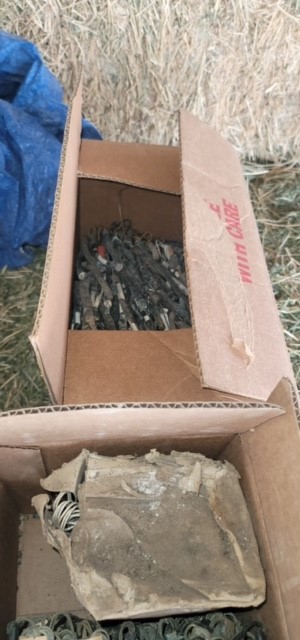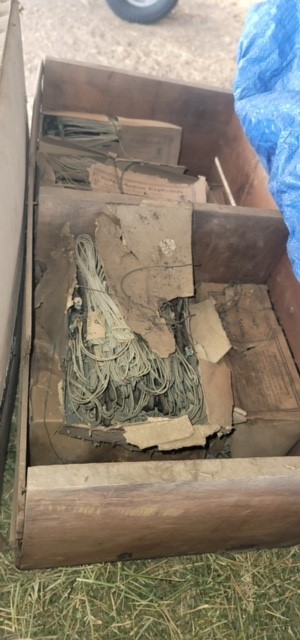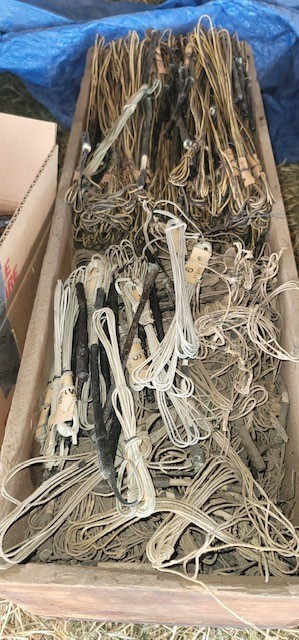San Andreas, CA…On March 9th, 2021, the Calaveras County Sheriff’s Office Explosive Ordinance Disposal Team was activated to assist Amador County with approximately 2,500 blasting caps. The reporting party stated they were in the process of demolishing an old building when they located the blasting caps. Upon arrival, the CCSO EOD team discovered the blasting caps were extremely old and had deteriorated to a possibly unstable state. Upon investigation, they determined the blasting caps were likely manufactured in approximately 1918. The EOD team established a safe perimeter and systematically moved the blasting caps into a bomb explosive trailer. The trailer is specially designed to transport explosives and absorb any unintended detonation. The blasting caps were transported to a rural location for disposal.

Due to the deteriorated and unstable state of the blasting caps, the only way to render them safe was to use explosives to destroy them. This is commonly referred to as a counter charge. Over the next two days, the EOD team used 17 counter-charges to dispose of the blasting caps.
All explosives should be considered dangerous especially ones that are old and showing signs of deterioration. With all the historical mining operations in Amador and Calaveras County, the CCSO EOD team would like to offer the following tips to keep people safe if they come upon any explosive items.
Even one blasting cap can cause serious injury or death if mishandled.
Do not pick up or handle any blasting caps! This also applies to tins or other containers used to store blasting caps as the friction caused by opening the tin could cause detonation. Fuse caps contain explosives like mercury fulminate, lead azide, and lead styphnate. Fuse caps are usually small metal tubes 1” – 2” in length and approximately ¼” in diameter. Fuse caps can detonate if subjected to heat, shock, or static electricity. Old fuse caps with crystallization (deterioration) are very dangerous.
Electric blasting caps are similar to fuse caps, except they have two insulated electric wires attached to one end. Electric blasting caps can be detonated due to heat, shock, static electricity, radio frequencies, and electromagnetic radiation.
Non-El blasting caps are safer than either fuse caps or electric blasting caps and are crimped to flash tubing.
Stay back! Clear the area of anyone nearby.
If you discover anything you suspect to be blasting caps or explosives, call 911





